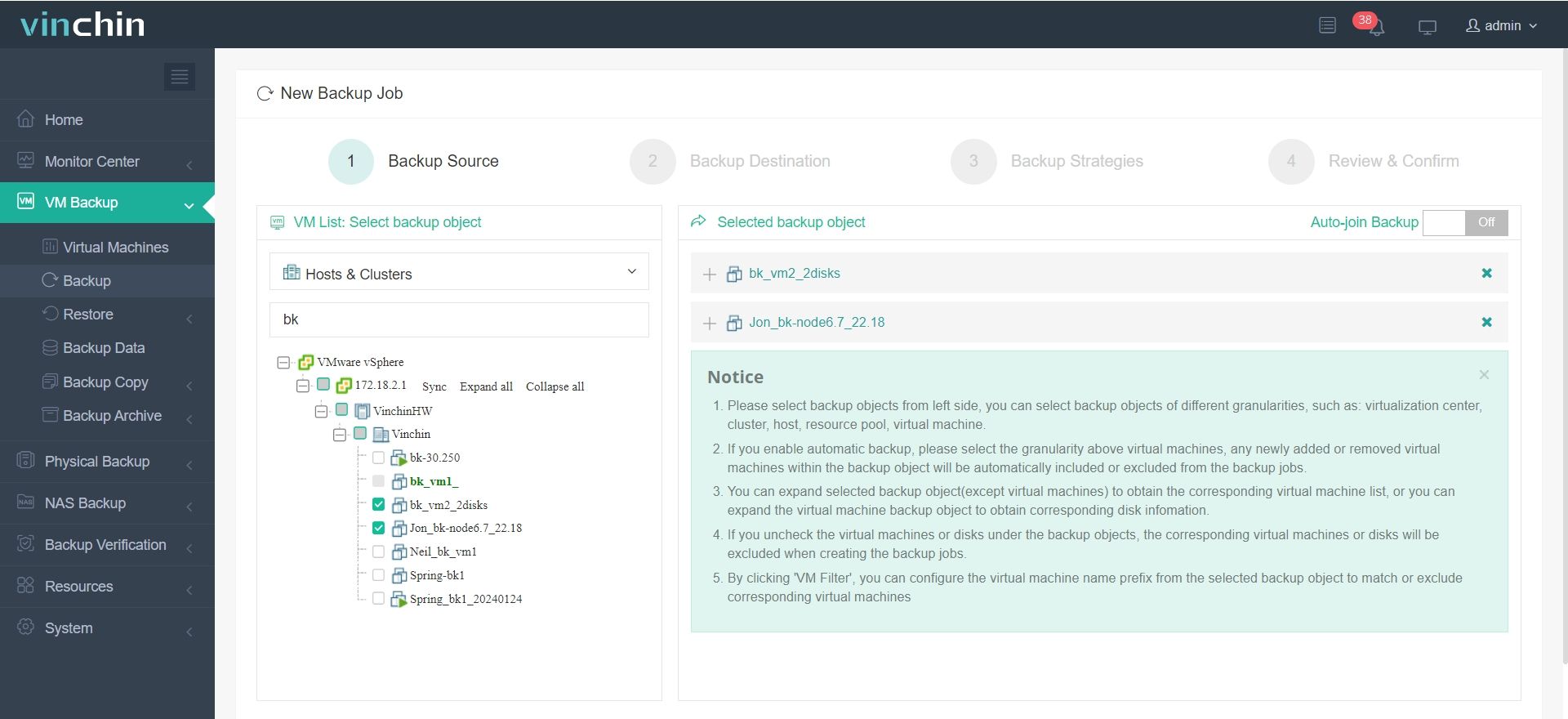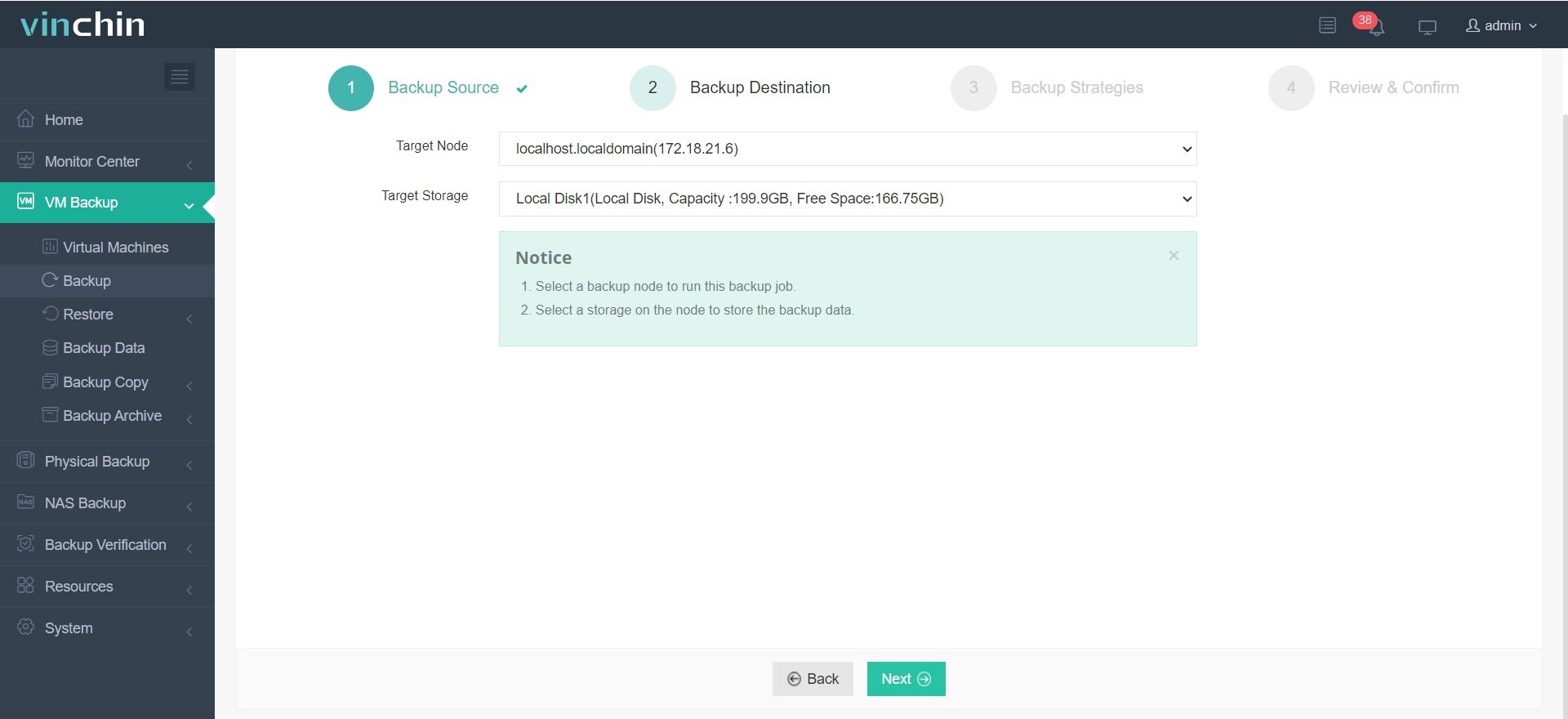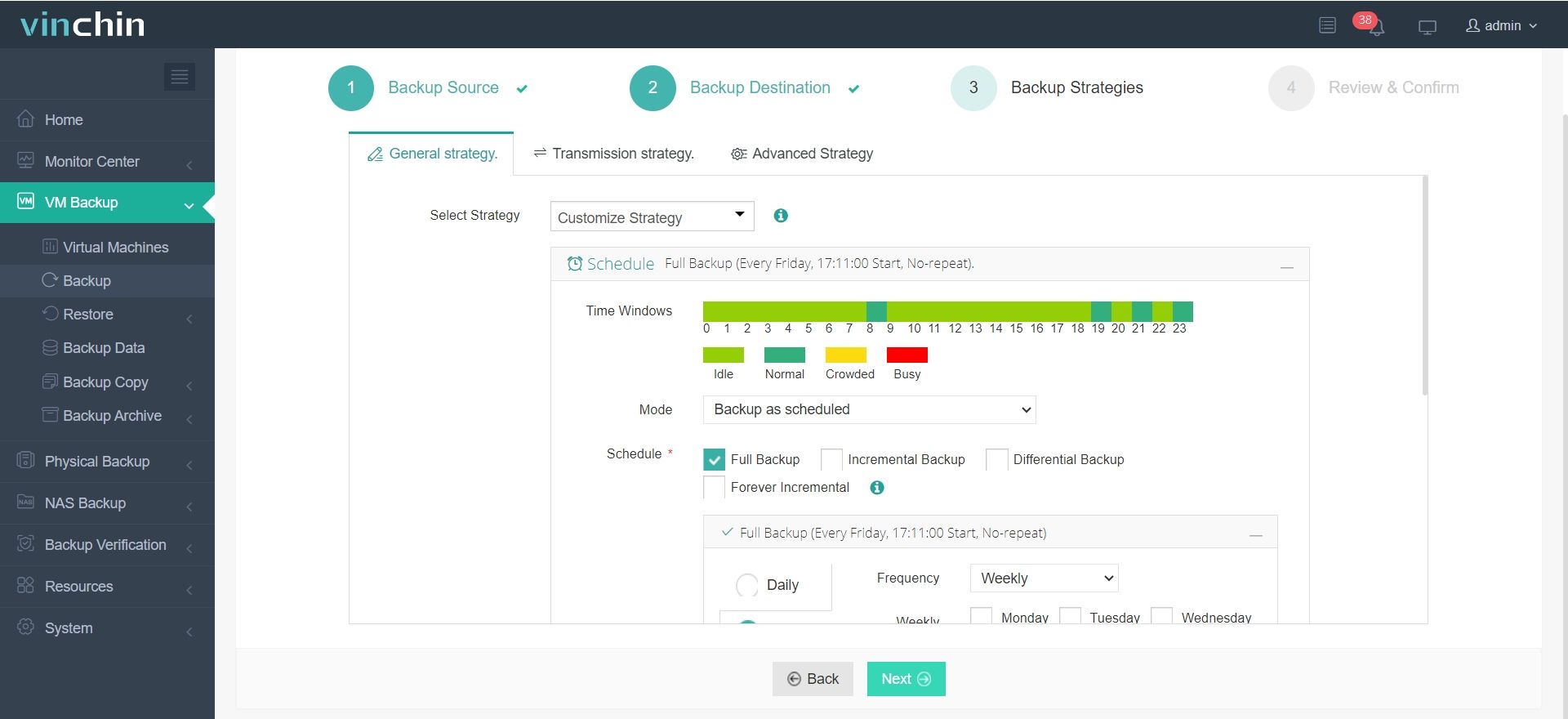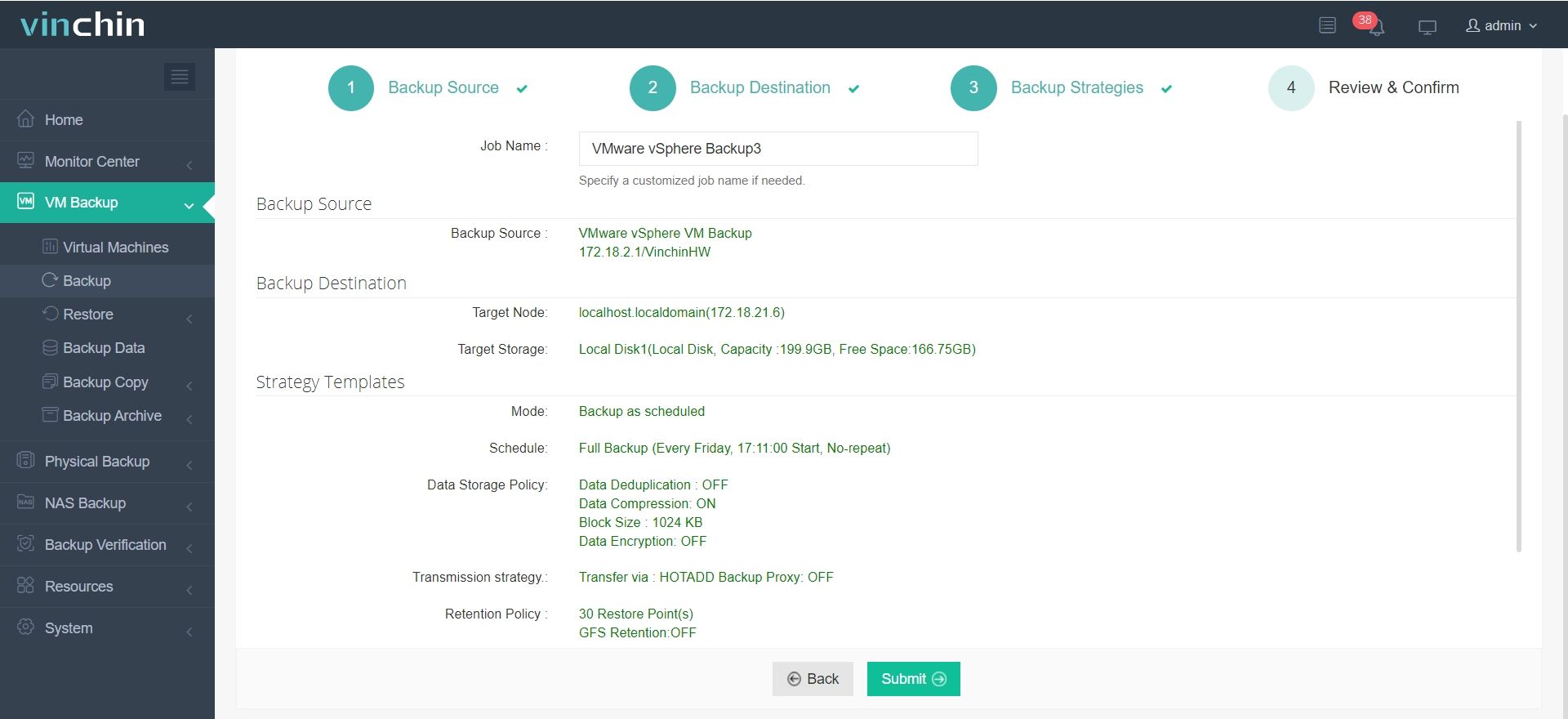-
What is disaster recovery?
-
Challenges of disaster recovery
-
How does virtualization help with disaster recovery?
-
How does Vinchin help disaster recovery in virtual environment?
-
Virtualization Disaster Recovery FAQs
-
Sum Up
In today’s IT industry, virtualization plays an important role in infrastructure deployment, offering a resilient framework to manage the IT environment. Initially, the companies choose to upgrade their physical environments into virtual environments to save money on IT infrastructure and improve management efficiencies, while virtualization also brings other benefits later. You will know how virtualization helps disaster recovery here.
What is disaster recovery?
As long as there is information, data protection will always be a perpetual topic, compelling companies to safeguard data against potential loss. However, companies have gradually realized that mere data backup is insufficient to protect overall business continuity so data backup is upgraded to disaster recovery.
Disaster recovery requires companies to create a plan to restore businesses in any case of disaster, including strategies like regular data backup, secondary data center, cloud-based backup, offsite storage, real-time replication, failover, instant restore, etc.
Backup can be the foundation of disaster recovery and help retrieve data when needed but with other mentioned strategies above, they contribute to a robust disaster recovery plan to ensure business continuity. For example, failover can help automatically restart the services on the failed machine on another machine, real-time replication can duplicate system and restart the services on that machine when needed, and instant restore can restore the failed machine immediately to reduce downtime.
Challenges of disaster recovery
Disaster recovery is essential in data centers to ensure business continuity but there are some challenges.
High Investment: Because disaster recovery requires not only data backup but also other hardware and software deployment, companies need to devote more money in this project.
Complex Configuration: An advanced disaster recovery plan requires the development of a sophisticated infrastructure so it demands the IT managers to possess extensive knowledge and face challenges in managing the equipment effectively.
High-Cost Testing: Regular testing is necessary for disaster recovery and it requires deploying testing environment on machines which will increase the overall cost.
Growing Data: Disaster recovery will save a large quantity of data so it will be a challenge to manage the ever-expanding data and find the right data when needed.
Regulatory Compliance: Disaster recovery requires companies to fully understand the local and industrial regulations to make sure it meets the required standards.
Recovery Speed: RTO, Recovery Time Objective, is one of the crucial terms in disaster recovery so to restore the failed machine as soon as possible, companies need advanced technology.
How does virtualization help with disaster recovery?
Virtualization is the technology to fully utilize the resources of hardware by creating the virtual versions of physical equipment. The types of virtualization include server virtualization, desktop virtualization, storage virtualization, network virtualization, etc. Among these, server virtualization helps optimize the IT environment most which allows multiple virtual machines running on a physical host. Although virtualization is still not perfect, it still helps a lot in disaster recovery.
Less cost: One of the most significant advantages of virtualization is cost-saving because you don’t have to buy many physical servers and one physical server can host multiple virtual machines.
Easy infrastructure deployment: Deploying new physical server can take a long time because of the complex setup procedures and sometimes there could also be hardware compatibility issues while deploying virtual just taking minutes. With VM template, IT managers can quickly create the virtual machine with the wanted OS and configuration.
Easy cluster management: Virtualization vendors often provide the management console to manage all the virtual machines so that it will be easy to manage a group of virtual machines.
Easy disaster recovery: Apart from centralized management console, disaster recovery strategies are often included in the virtualization solutions. For example, vSphere replication and failover can be easily set up in VMware vCenter.
Better scalability: IT environments often change with the development of businesses and virtualization can help easily scale up the whole environment.
Easy testing: In virtual environment, you don’t have to prepare the physical machines but just create needed virtual machines which are isolated from the production environment.
How does Vinchin help disaster recovery in virtual environment?
Vinchin Backup & Recovery is a professional backup and disaster recovery solution for virtual environments including VMware, Hyper-V, Proxmox, XenServer, XCP-ng, oVirt, OLVM, OpenStack, etc.
Differing from traditional backup solutions, Vinchin Backup & Recovery supports agentless backup to let you quickly add all the virtual machines into the backup system.
Apart from data backup, there are also disaster recovery strategies like Instant Restore which allows you to restart a failed VM from its backup in 15 seconds, offsite copy which allows you to copy local VM backups to remote location and quickly retrieve them when needed, and backup verification which will help automatically verify the usability of VM backup.
Sometimes virtual environment needs to be replaced and Vinchin Backup & Recovery allows easy VM migration by restoring VM on another hypervisor.
Every job can be easily created on a user-friendly web console. For example, you just need 4 steps to backup the ESXi VM.
1. Select the ESXi VM

2. Select the storage to store the backups

3. Select the backup strategies

4. Submit the job

Vinchin Backup & Recovery has been selected by thousands of companies protecting virtual environments. You can start a 60-day full-featured free trial here to see how easy it is to deploy and use. Also, contact us, leave your requirements, and then you will receive your tailored solution. We have established partnerships with reputable companies all over the world so if you would like to do a local business, you can select a local partner here.
Virtualization Disaster Recovery FAQs
1. Why choose agentless backup for virtual machine backup?
Agentless backup fully leverages the benefits of virtualization technology. Because VMs are running on the hosts, you can add VMs to the backup system by adding just the hosts, greatly reducing deployment time.
2. How to choose backup solution for virtual environments?
Most professional backup software can backup the virtual machine by calling the APIs offered by virtualization vendors. For example, Vinchin Backup & Recovery is the partner of many virtualization vendors and is a backup solution verified by the vendors.
3. What is the difference between RTO and RPO?
RTO, Recovery Time Objective, is the maximum duration of how long you can recover a failed VM while RPO, Recovery Point Objective, is the maximum acceptable data loss during downtime.
Sum Up
Virtualization technology is often used in companies to reduce IT cost and increase work efficiency by simplifying environment deployment and it helps disaster recovery by centralizing facilities management and offering internal disaster recovery solutions.
You can try Vinchin Backup & Recovery to easily backup virtual machines and set up disaster recovery strategies. Don’t miss the free trial.
Share on:








